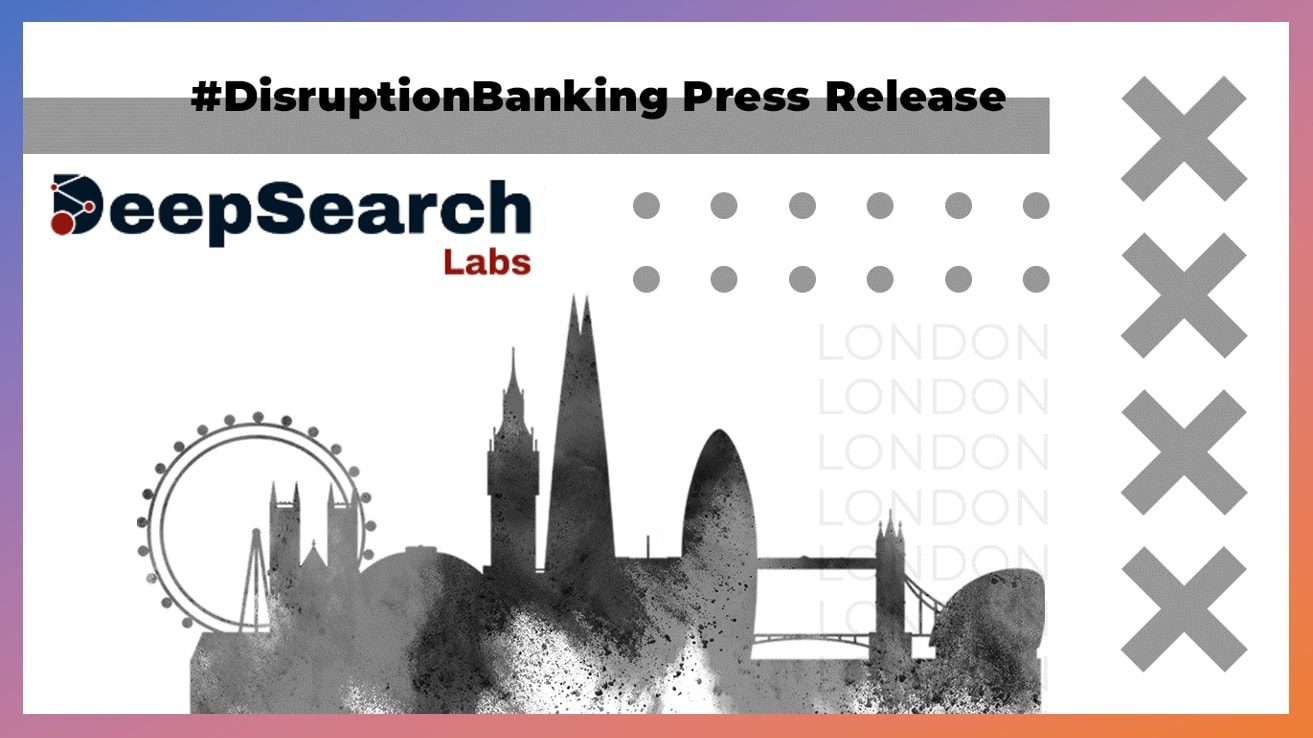No one is clueless to the difficulties which make change of any kind a slow-moving process in the legacy sector of finance. But, according to some, a touch of persuasive creativity may be the missing ingredient when planning effective strategies.
Kamales Lardi, Managing Partner of digital business transformation consultancy Lardi & Partner, sits down with DisruptionBanking to discuss further.
Technology-based disruptions are hardly new to world of business and finance. The advent of email and the internet in the 1980s and 1990s completely changed the way we do business, but the digital disruption that is impacting the current business landscape is quite distinct. Not only have digital technologies penetrated almost every aspect of our personal lives, workplace and society, but the accelerated pace of development has resulted in dramatic breakthroughs in capabilities. Consumers have been quick to adopt these rapidly developing technologies in a constant pursuit of products and services that provide convenience, hyper-personalization and quick responses.
Additionally, new, digitally enabled businesses stake a claim in the market and create competitive pressures for traditional organizations. These new entrants are focused on meeting modern customers’ needs and utilize disruptive technologies to enable improved customer experiences and business solutions. Traditional players struggle to keep up with digital businesses, which are designed to be more fluid and responsive.
Strategy under uncertainty
In a business environment, it is typical for concerns over daily operational challenges to take precedence over the development of new or innovative solutions. Traditional strategic planning approaches lead executives to view disruption in a binary way – assuming either that the world is certain, and therefore something that can be forecast, or uncertain, and thus completely unpredictable. Many companies are hampered by being locked into strategy-development processes that churn along on annual cycles.
In the wake of digital disruption, traditional companies will need to undergo organization-wide transformation that goes beyond implementation of new technology solutions. Clued-up executives are realizing that traditional strategic planning processes that align to annual business cycles are not responsive enough to address uncertainty created by digital disruption. Conversely, knee-jerk reactions based current trends may result in companies investing in overhyped technology solutions that are inadequate or unsuitable.
In Switzerland, where my consultancy is based, there are a select few companies that are truly advancing on the digital transformation journey. Of these, many have either initiated independent digital ventures – such as incubators, innovation hubs and start-up collaborations – or launched new technology-based solutions, such as digital products or services, digital marketing and communication channels.
An effective digital transformation strategy focuses on leveraging new technologies to
understand the evolving needs of digitally connected consumers and delivering customer experiences that exceed expectations. In other words, organizations that are able to look deeper into critical business dimensions – such as strategy, operations, people and technology – will succeed in the future.
An organization-wide transformation of this magnitude requires significant adjustments to traditional business models. In essence, this means rethinking the business, as well as realigning resources, physical assets, processes and investments based on new customer value propositions. This process can be complex and challenging, but the results can be quite dramatic.
Turning vision into action
In order to address uncertain times, I have developed a Digital Transformation Strategy framework that helps business leaders confidently navigate their organizations through digital business transformation, while safeguarding existing profitable business operations. The end-to-end framework focuses on turning vision into action by guiding companies through understanding disruptors, innovating business operations and creating a roadmap of transformation initiatives:
Step 1: Conduct a Situational Analysis
A review of the overall business ecosystem, based on the Digital Transformation Health Check approach, assessing the company’s strengths, shortcomings, pain points and barriers, as well as disruptors and trends impacting the business.
Step 2: Create Disruptive Visioning
Conducting a series of workshop sessions called Vision Labs, specifically designed to innovate the business model and re-imagine the company’s value proposition in this changed landscape.
Step 3: Develop a Strategic Roadmap Build and Implement
Develop a strategic roadmap to guide the company through the transformation process, including investment plans, proofs of concepts, as well as refined measures of success in preparation for transition to the future business model.
Step 4: Build and Implement
The final step is to explore, test or implement transformative initiatives necessary to actualize the future business model. It is critical to leverage existing assets (eg people, processes, channels, operations, partners, organization, technology architecture) along the digital transformation journey.
Digital transformation occurs at several levels in the organization, including product or service digitization, process and operations automation, convergence of digital and physical customer touchpoints, as well as business model innovation.
Making that leap from vision to action can be a challenge, especially when it involves a complete rethinking of how your business operates in an increasingly digital business landscape. Nonetheless, it is a challenge that must be accepted by traditional financial organisations and businesses if they are to flourish in the future.
Kamales Lardi, Lardi & Partner Consulting
Digital transformation leader, Founder at BloomBloc, Co-founder Women In Blockchain Switzerland, 2017 Woman to Watch in Tech
An experienced digital transformation strategist and dynamic keynote speaker. Kamales assists companies in leveraging digital disruption to create new opportunities for business and revenue. Since establishing Lardi & Partner Consulting GmbH in 2012, Kamales has worked with clients which include UBS, Swiss Federal Railways (SBB), Pfizer, Victorinox and Sanitas Insurance among others.
In her spare time, Kamales is a published author, lecturer, as well as member of the MBA Advisory Board at Durham University, and startup mentor for the F10 Fintech Incubator & Accelerator sponsored by SIX Group (Swiss Stock Exchange).















